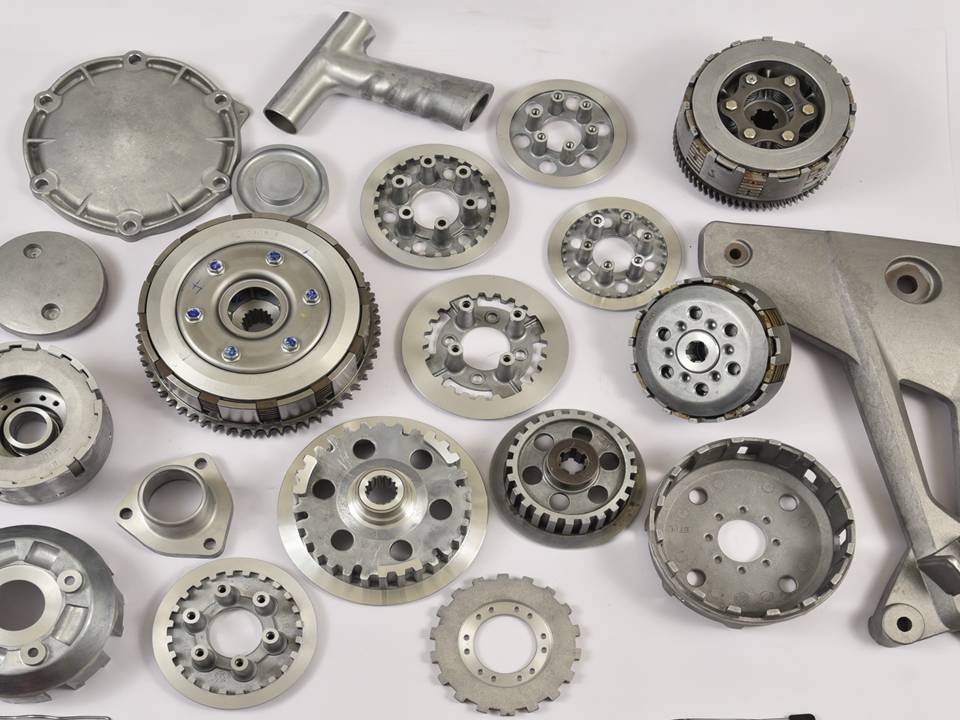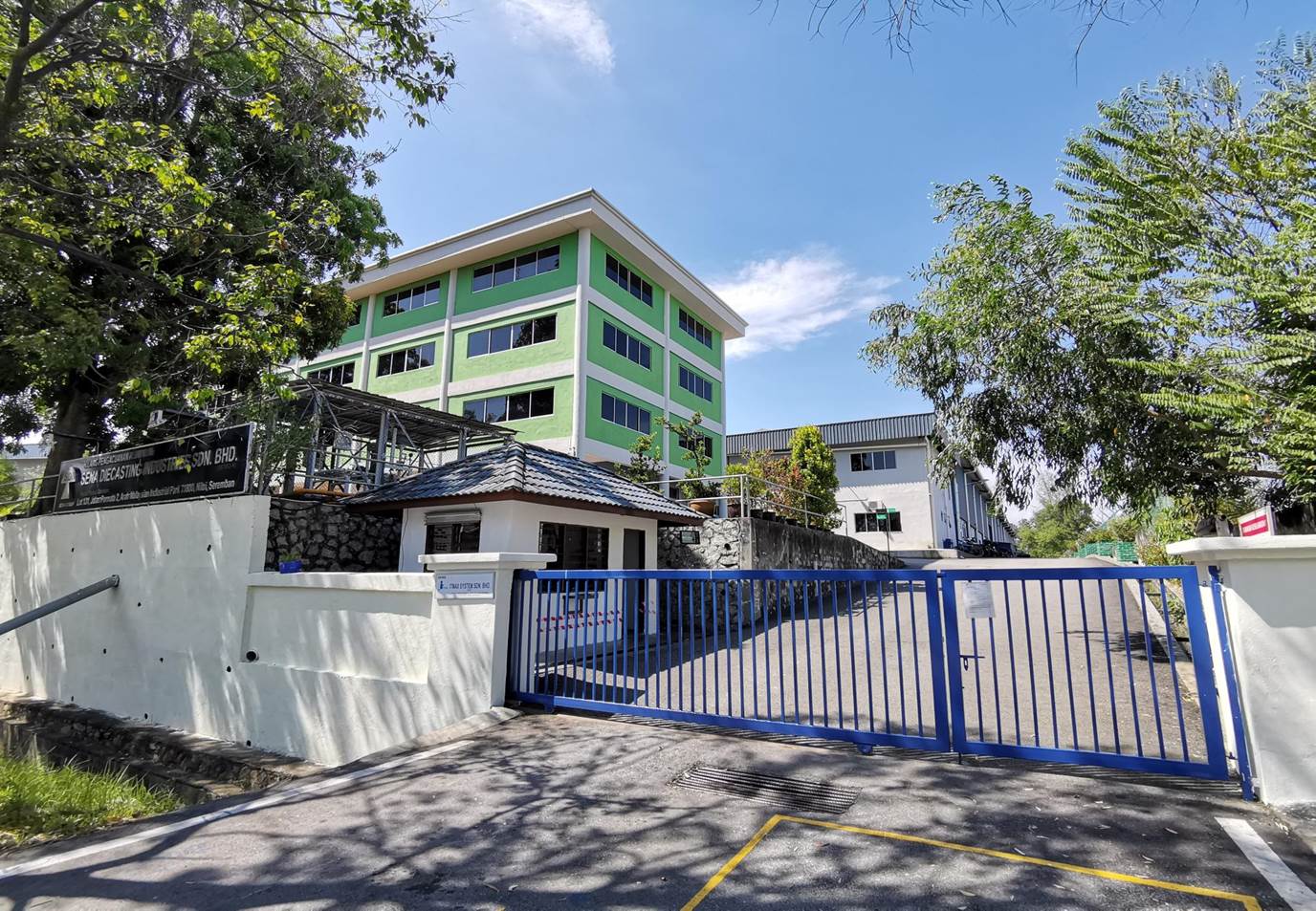Diecasting in Malaysia: Precision, Innovation, and Growth
Diecasting is a manufacturing process that has been integral to the production of high-precision metal parts, and Malaysia has become a significant player in this industry. The process involves forcing molten metal under high pressure into a mold cavity, which is then rapidly cooled to form a solid part. This method is known for producing complex shapes with excellent surface finish and dimensional accuracy. In Malaysia, the diecasting industry has seen substantial growth, driven by advancements in technology, a skilled workforce, and a supportive business environment. This article explores the evolution, current state, and future prospects of diecasting in Malaysia.
The roots of the diecasting industry in Malaysia can be traced back to the mid-20th century, when the country began to industrialize and diversify its economy. Initially, the industry was focused on producing simple components for domestic use, but over the decades, it has expanded and evolved significantly. Today, Malaysian diecasters produce a wide range of products, including automotive parts, electronics housings, and consumer goods. This transformation has been facilitated by investments in modern machinery, adoption of advanced techniques, and a focus on quality control. The industry’s growth is also supported by the government’s efforts to promote manufacturing and export-oriented policies.
Technological advancements have played a crucial role in the development of the diecasting industry in Malaysia. Modern diecasting machines are equipped with sophisticated control systems that ensure precise and consistent production. Innovations such as computer-aided design (CAD) and computer-aided manufacturing (CAM) have revolutionized the way diecast parts are designed and produced. These technologies allow for the creation of highly complex and precise components, reducing waste and improving efficiency. Additionally, the use of advanced materials, such as aluminum and magnesium alloys, has enhanced the performance and durability of diecast products. These advancements have positioned Malaysia as a competitive player in the global diecasting market.
The success of the diecasting industry in Malaysia is also attributed to its skilled workforce. Malaysian workers are known for their technical expertise and commitment to quality, which are essential in a precision-oriented industry like diecasting. Local educational institutions and training programs have been pivotal in developing a talent pool that meets the industry’s demands. Continuous professional development and on-the-job training ensure that workers stay abreast of the latest techniques and technologies. This focus on skill development has enabled Malaysian diecasters to maintain high standards of production and compete effectively on the global stage.

Looking ahead, the future of the diecasting malaysia appears promising. The global demand for diecast products is expected to grow, driven by the automotive, electronics, and consumer goods sectors. Malaysia’s strategic location, robust infrastructure, and favorable business environment make it an attractive destination for investment in diecasting. Furthermore, the industry is likely to benefit from ongoing efforts to embrace sustainability and innovation. Initiatives to reduce environmental impact, such as adopting energy-efficient processes and recycling materials, are gaining traction. By continuing to invest in technology, skills, and sustainable practices, Malaysia’s diecasting industry is well-positioned for sustained growth and success.
Diecasting in Malaysia has come a long way from its humble beginnings to becoming a vital part of the country’s manufacturing sector. The industry’s evolution is marked by technological advancements, a skilled workforce, and a supportive business environment. As global demand for high-precision metal parts continues to rise, Malaysia is poised to capitalize on this opportunity. By embracing innovation and sustainability, the Malaysian diecasting industry can maintain its competitive edge and contribute significantly to the nation’s economic growth. The future of diecasting in Malaysia is bright, with ample opportunities for continued expansion and success.
